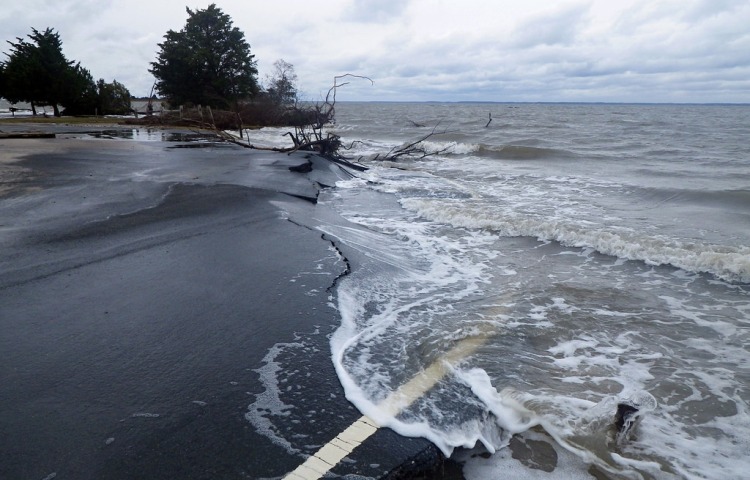OECD report on Hawke’s Bay’s collaborative, future-orientated plan for rising seas
Hawke’s Bay Clifton to Tangoio Coastal Hazards Strategy 2120, was born out of a need to address the risks to vulnerable coastal settlements in its region over the next hundred years.

- Country:
- New Zealand
A new OECD report highlights Hawke’s Bay’s collaborative and future-orientated plan for rising seas.
“As New Zealand has one of the longest coastlines in the world, addressing the risks that climate change presents with sea level rise and coastal erosion is crucial,” says Minister for Climate Change, James Shaw.
“It is happening. And the OECD’s new report, aimed at helping provide guidance on how countries can manage the risks of rising seas, praises Hawke’s Bay’s first-of-its-kind collaborative strategy as a good example to follow.
Hawke’s Bay Clifton to Tangoio Coastal Hazards Strategy 2120, was born out of a need to address the risks to vulnerable coastal settlements in its region over the next hundred years.
The strategy sees Hawke’s Bay Regional Council, Hastings District Council, and Napier City Council working together with local iwi and coastal community representatives to take a pro-active, locally-led approach to coastal hazards.
“Hawke’s Bay is the first region to use a grassroots community engagement process for consultation on this urgent issue.
“Their approach is also recommended in the Coastal Hazards and Climate Change guidance for local government, which was released by the Ministry for the Environment at the end of 2017.
“An important part of central government’s role in addressing climate change is to support local government through reliable and robust guidance.
“I applaud the collaborative approach taken between the three Hawke’s Bay councils, iwi and the community to plan for and act on the climate change impacts they and their environment face,” says Minister Shaw.
While Hawke’s Bay is a leader in climate change mitigation and adaptation, there are a number of other regions which are taking steps to develop coastal hazards strategies.
Wellington is following the work of Hawke’s Bay councils and has started a pilot study with the southern coastal community at Makara.
“It’s likely that lessons learned in Hawke’s Bay could offer solutions elsewhere in New Zealand.
“While each region and community will need to go through their own process to address their own circumstances, it’s heartening to see that proactive models are now up and running, gaining traction, and drawing international attention as examples which other countries could use,” says James Shaw.
(With Inputs from New Zealand Government Press Release)
ALSO READ
Europe's top court tells nations to shield people from climate change in case with wide implications
Experts hail SC ruling on climate change but warn against impacts of renewable energy projects
RBI report highlights the impact of climate change on monetary policy
NZ-Ireland Research Call Agriculture and Climate Change open
Health News Roundup: Peru's dengue deaths triple as climate change swells mosquito population; 'Time running out' in war-torn Sudan as access to aid restricted, WHO warns and more










